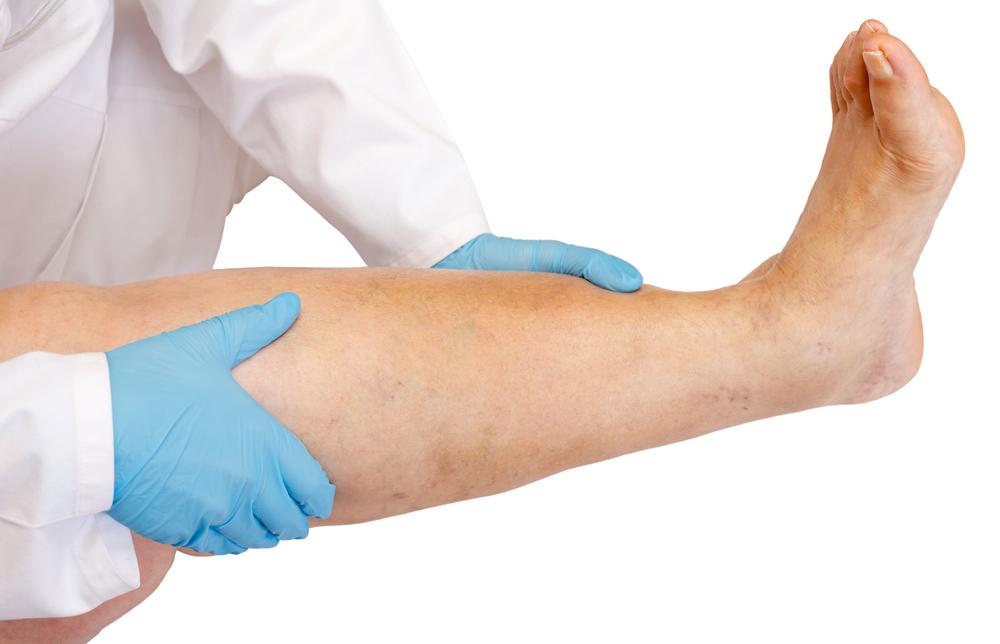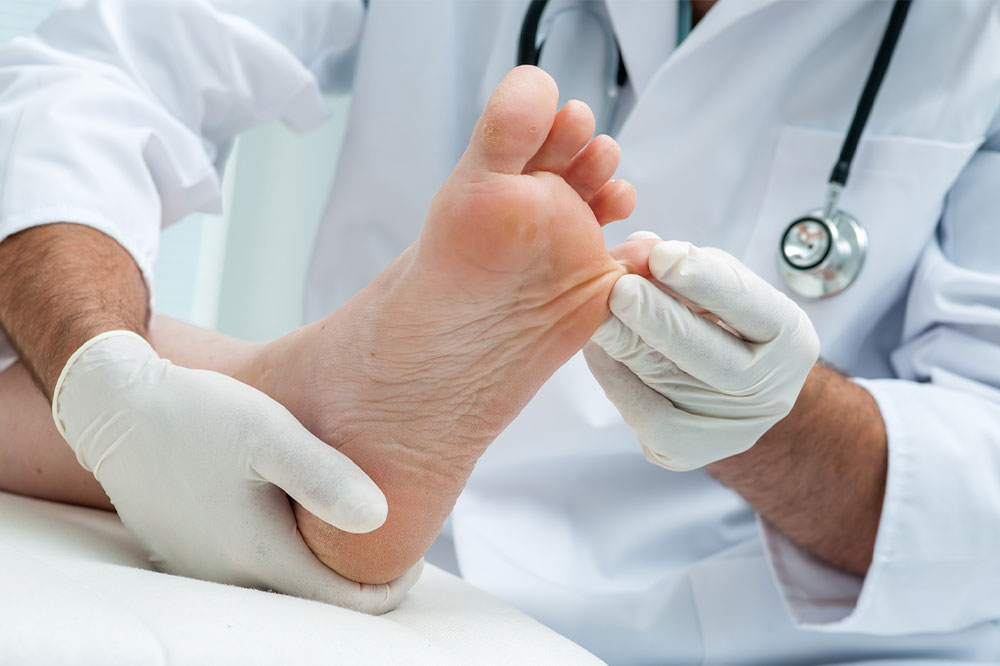Identifying and Diagnosing Blood Clots: Key Signs and Tests
This article explores the signs, symptoms, and diagnostic methods for blood clots. It highlights key indicators such as leg swelling, chest pain, and neurological symptoms, while detailing tests like ultrasounds, CT scans, and blood tests crucial for accurate diagnosis. Recognizing early symptoms and seeking prompt treatment can prevent serious complications such as strokes and heart attacks. Understanding the risks and diagnostic procedures empowers individuals to respond quickly to potential blood clot issues. Timely diagnosis is essential for effective treatment and improved outcomes.

Identifying and Diagnosing Blood Clots: Key Signs and Tests
Blood clot formation is a vital process that helps with healing after injuries. However, when clots develop unexpectedly within veins or arteries, they can lead to serious health issues, especially if they travel to vital organs like the lungs or heart, resulting in conditions such as pulmonary embolism or heart attack.
Clots forming in veins are called venous clots, which may accumulate gradually. Deep vein thrombosis (DVT) is a severe form of venous clot. Clots originating within arteries are known as arterial thromboses.
This condition demands prompt medical intervention, as it can trigger heart attacks or strokes.
Signs to Watch For
Blood clots can occur suddenly, with symptoms varying depending on their location within the body.
Symptoms of a leg blood clot
When a clot forms in a major leg vein, it’s called DVT, commonly affecting the hips and legs. These clots pose a risk of dislodging, traveling to lungs or heart. Signs include redness, warmth, swelling, tenderness, and pain in the affected limb.
Signs of a chest blood clot include intense chest pain that worsens with breathing, rapid heartbeat, and difficulty breathing, often indicating either a heart attack or pulmonary embolism.
Abdominal blood clot symptoms
Known as mesenteric venous thrombosis, these clots can cause internal damage, presenting with abdominal pain after eating, bloating, and vomiting.
Brain blood clot signs
Clots traveling from heart or carotid arteries can cause strokes, characterized by numbness on one side, vision issues, speech difficulty, and impaired movement.
Many risk factors increase the likelihood of developing blood clots, including:
Obesity
Over age 60
Chronic inflammatory conditions
Smoking
Use of oral contraceptives
Pregnancy
Atrial fibrillation
Liver cirrhosis
Cancer
These risks also extend to those with a family history, prolonged immobility, bed rest, or sedentary lifestyles. Diagnosis MethodsProper detection of a blood clot is crucial and time-sensitive. Doctors utilize various tests, including:
D-Dimer Test
Checks for abnormal clotting protein levels to identify potential DVT or PE.
Ultrasound
Uses sound waves to produce images of blood flow, revealing clot locations.
Venography
Specialized X-rays with dye injections visualize veins and clots when ultrasound isn’t definitive.
CT Scan
Provides highly accurate detection of clots and strokes, often performed urgently in emergencies.
MRI
Offers detailed images of blood vessels, used when other scans are inconclusive.
Echocardiography
Used mainly for detecting clots in the heart chambers or embolism-related arterial blockages.
Small, immobile clots may resolve naturally and aren’t always dangerous. But if located in major veins, immediate medical consultation is necessary to prevent severe complications.










